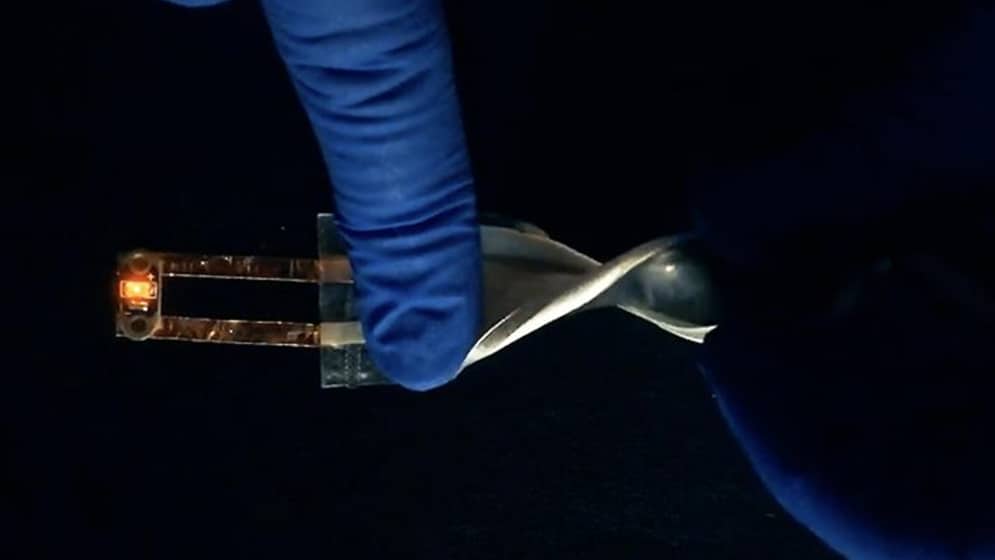- Curved Lithium Polymer battery
- Fast Charge Polymer Battery
- Flexible Polymer Lithium Battery
- Ultra-thin Polymer Battery
/ Blog / Battery Knowledge /
The energy density of the new flexible battery is at least 10 times higher than that of the lithium battery, which can be "printed" in rolls
15 Oct, 2021
By hoppt

According to reports, a research team from the University of California, San Diego (UCSD) and California battery manufacturer ZPower has recently developed a rechargeable flexible silver-zinc oxide battery whose energy density per unit area is approximately 5 to 10 times that of the current state-of-the-art technology. , At least ten times higher than ordinary lithium batteries.
The research results have been published in the world-renowned journal "Joule" recently. It is understood that the capacity of this new type of battery is more significant than any flexible battery currently on the market. This is because the battery impedance (the resistance of the circuit or device to alternating current) is much lower. At room temperature, its unit area capacity is 50 milliamperes per square centimeter, 10 to 20 times the area capacity of ordinary lithium-ion batteries. Therefore, for the same surface area, this battery can provide 5 to 10 times the energy.
In addition, this battery is also easier to manufacture. Although most flexible batteries need to be manufactured under sterile conditions, under vacuum conditions, such batteries can be screen printed under standard laboratory conditions. Given its flexibility and recoverability, IT can also use it for flexible, stretchable wearable electronic products and soft robots.
Specifically, by testing different solvents and adhesives, the researchers found an ink formulation that it can use to print this battery. As long as the ink is ready, the battery can be printed out in a few seconds and used after drying for a few minutes. And this kind of battery can also be printed out in a roll-by-roll manner, increasing the speed and making the manufacturing process scalable.
The research team said, "This type of unit capacity is unprecedented. And our manufacturing method is inexpensive and scalable. Our batteries can be designed around electronic devices, instead of adapting to batteries when designing devices."
"With the rapid growth of the 5G and Internet of Things (IoT) markets, this battery, which performs better than commercial products in high-current wireless devices, will likely become a major competitor for the power supply of next-generation consumer electronics," they added.
It is worth noting that the battery has successfully supplied power to a flexible display system equipped with a microcontroller and a Bluetooth module. Here, the battery's performance is also better than that of coin-type lithium batteries available on the market. And after being charged 80 times, it did not show any significant signs of capacity loss.
It is reported that the team is already developing next-generation batteries, with the goal of cheaper, faster, and lower-impedance charging devices that it will use in 5G devices and soft robots that require high-power, customizable, and flexible form factors.



